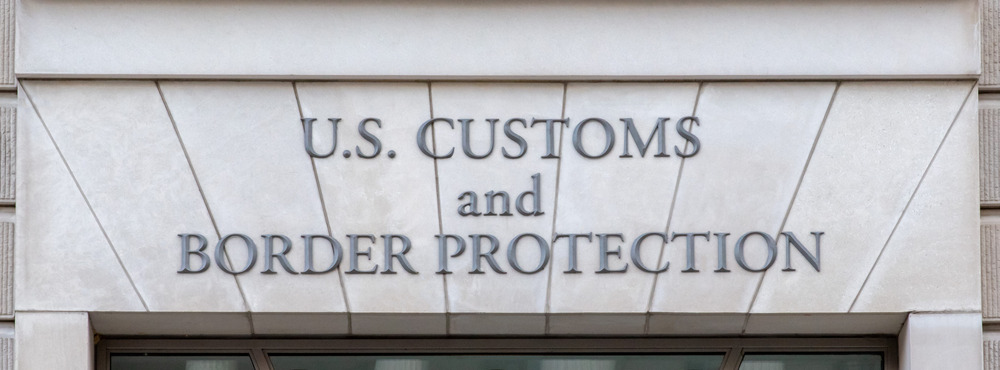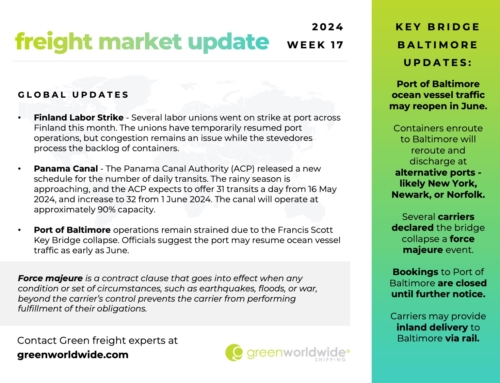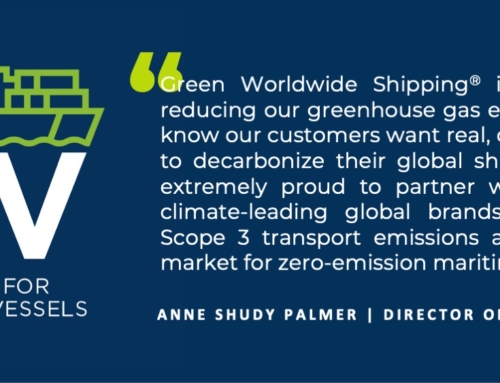The executive in charge of trade remedies, intellectual property enforcement, and e-commerce at U.S. Customs and Border Protection (CBP) clarified that small-value shipments entering the U.S. are not overlooked simply because no duties are owed. Brandon Lord, the executive director of the Trade Policy and Programs Directorate, addressed this misconception during the CBP Trade Facilitation and Cargo Security Summit last week. Lord emphasized that the notion of de minimis as a “loophole” is incorrect. De minimis imports are those imported into the United States with a value under $800 and are not subject to duty.
“There’s a misconception that we don’t target or screen de minimis — it’s not true. People throw around the phrase ‘loophole.’ It’s not a loophole. De minimis is not a loophole.”
Brandon Lord, Executive Director Trade Policy and Programs Directorate
U.S. Customers and Border Protection
NOT A LOOPHOLE
Some organizations view and refer to de minimis as a “loophole,” a view that has gained traction through the support of unions at House Ways and Means Committee hearings and the statements made by Representative Earl Blumenauer, the Trade Subcommittee ranking member from Oregon. While Lord’s comments were made last week, during the same period, Blumenauer expressed his hope that the committee would pursue legislative changes regarding de minimis. In a previous session, Blumenauer’s bill to revoke Chinese exporters’ eligibility for de minimis was passed by the House as part of the Chips Act bill but did not make it into the final version that became law.
Importing goods below the de minimis threshold is a legitimate method of importation, and CBP scrutinizes these shipments just as it would formal entries. It is important to understand that CBP employs the same targeting logic for both large and small entries. During the previous fiscal year, nearly half of the low-value entries provided additional data to CBP through the Type 86 test or the Section 321 data pilot, which involve submitting full HTS codes or other relevant information. As a result, CBP now possesses a better understanding of incoming shipments. Lord confirmed that through this data, CBP has been able to improve risk segmentation rather than identify a large number of violative shipments. More than 90% of intellectual property (IP) seizures originate from small packages rather than containers.
CBP EXPANDS SECTION 321 PILOT
Initially, the Section 321 pilot was limited to nine companies, but CBP recently announced its readiness to accept more participants. Twenty companies, including brokers, carriers, third-party logistics providers, and service firms utilizing Mexico and Canada as staging areas for de minimis shipments, have applied to join the pilot program. CBP is currently in the process of onboarding these companies. CBP intends to utilize insights gained from both the Type 86 test and the Section 321 pilot to inform a future rule making process that will mandate data sharing for de minimis packages. CBP asserts that the continuity of Type 86 entries following the finalization of this rule making, and that the benefits of electronic release and automated clearance for small packages will persist.
Stay up-to-date on freight news with Green’s Weekly Freight Market Update by following us on Facebook, Instagram, and LinkedIn. For continuous updates, check out our website at greenworldwide.com.






